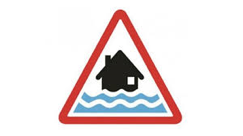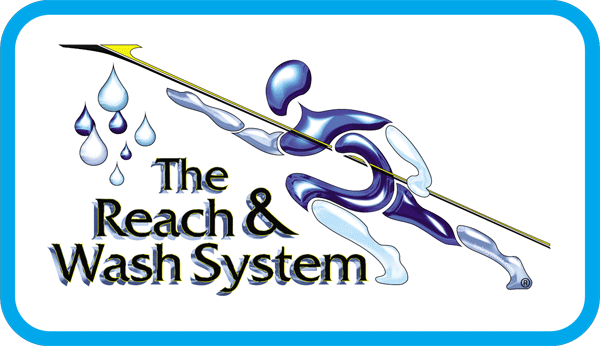Cleaning After A Flood
 This month has seen local areas of Worcestershire and Gloucestershire experiencing some of the highest river levels on record, with both the River Teme and the River Severn bursting it banks. Whilst the Environment Agency has worked to reduce the risk of flooding by installing flood defences along the River Severn, even one business or home flooded can be devastating for the property owners.
This month has seen local areas of Worcestershire and Gloucestershire experiencing some of the highest river levels on record, with both the River Teme and the River Severn bursting it banks. Whilst the Environment Agency has worked to reduce the risk of flooding by installing flood defences along the River Severn, even one business or home flooded can be devastating for the property owners.
Whilst it is critical to act fast, to ensure your property can be cleaned and minimise the long term disruption to your business or housing caused by flooding.
However it is vital that you only re-enter your property once the emergency services say it is safe to do so. Don’t put yourself or others at risk by returning to the property before it is made safe.
The five stages detailed below, will ensure that your flood damage cleaning is safely undertaken.
1) Switch off the Electricity
Ensure you to turn off all the power supply to the building, before you start cleaning up.
Remember once the cleaning has been completed get a qualified electrician to inspect the wiring and all electricals within the business or home before you turn anything back on. Any failed items will need to be submitted on you insurance claim
2) Wear Protective Clothing
Although the infection risk is rare from flood water in the UK, it can make you vulnerable to infection, to protect yourself from any potential hazards, you must wear rubber gloves, covering any cuts with plasters and the addition of a face mask if using a hose, which could spray dirty water. Lastly wear wellies or waterproof boots, in order to properly protect your feet and legs. Ensure you thoroughly wash your hands after any cleaning.
3) Contact Your Insurance Company
Get in touch immediately with your insurance provider, checking your policy to see what is covered. Photograph and document any damage including any cleaning, in the event that your insurer wants this evidence.
4) Remove Floor Coverings
Leaving your furniture to stand on wet flooring will only damage it even further. Instead, you should raise it off the wet surface and remove the damp floor covering as soon as possible and use a strong shovel to remove any mud or silt deposits that have settled in the building.
Items of clothing, upholstery and linens can be washed, but anything likely to have absorbed water should be disposed of e.g. cushions, bedding and soft toys.
It is possible that your insurance company may organise for specialist flood cleaners to clean the property and remove contaminated items.
5) Drying Out
Your property needs to be dried-out to prevent long term damp issues, in the first instance opening windows will help, your insurance company may organise dehumidifiers, but check to see whether they will refund the electricity running costs.
 If you want to take proactive preventative steps to plan for any type of flood event in your business or residential property, you can find more information and advice from The Government or Environment Agency
If you want to take proactive preventative steps to plan for any type of flood event in your business or residential property, you can find more information and advice from The Government or Environment Agency
Our Team is based in the West Midlands
You can view Our Services here or contact us



